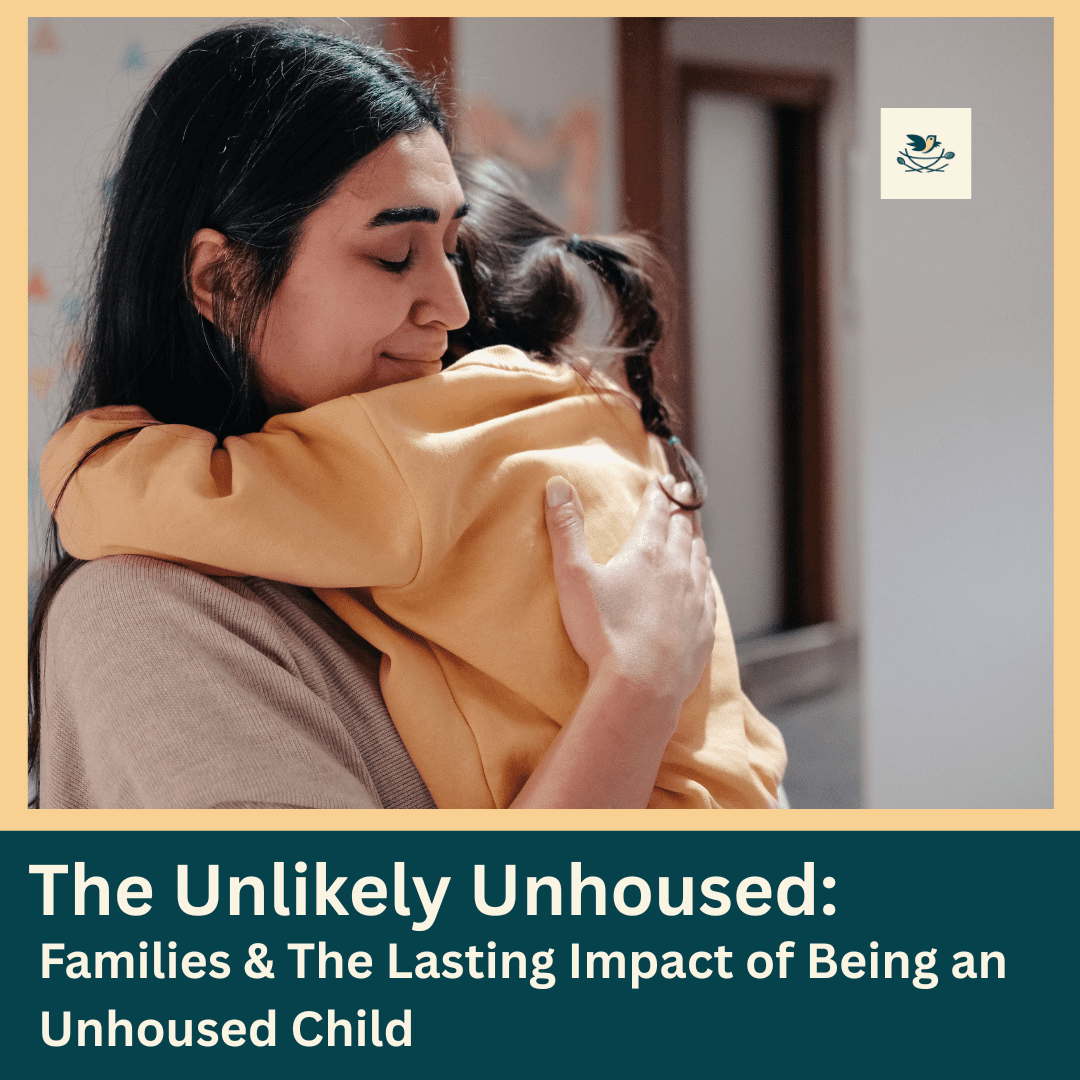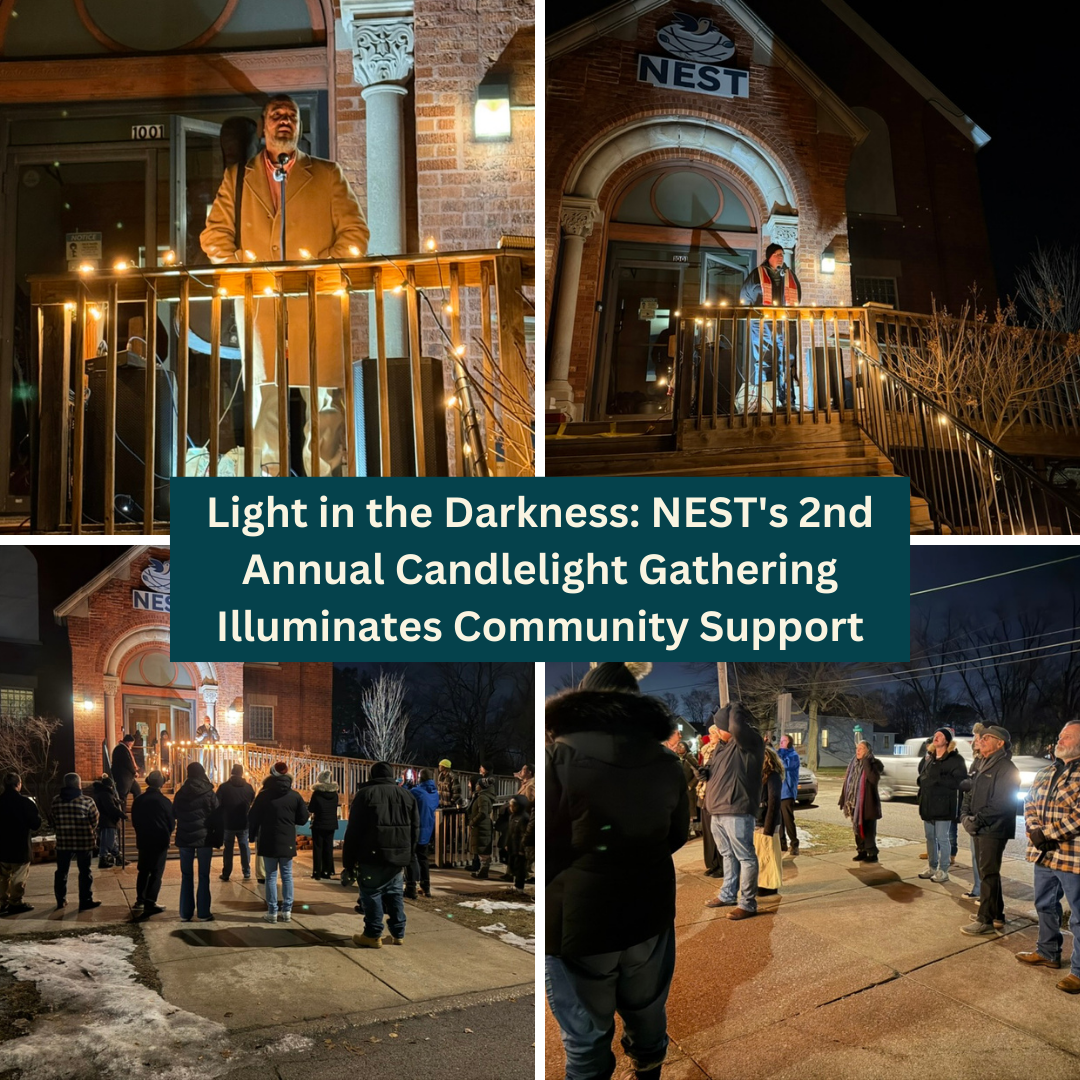
Picture six classrooms full of children. Now imagine that none of those students has a stable place to sleep tonight. This isn’t a hypothetical scenario; it’s the reality in Michigan City, where over 155 students in our community are currently classified under the McKinney-Vento Act as experiencing homelessness or housing instability. Michigan City is just one community that has numerous families that are unhoused. Our classroom picture only counts families with school-aged children in our community; this number is likely much higher. Across America, the numbers are staggering and growing at an alarming rate for unhoused families.
For those who are unhoused, this situation can look much different than the misconception of sleeping on the street. Hidden homelessness often masks the severity of this issue in our community and across the United States. This might look like mothers reading bedtime stories in motel rooms, fathers working two jobs while sleeping in their cars, or children doing homework in shelters. Yet families with children represent the fastest-growing segment of the homeless population, experiencing a shocking 39% increase in 2024 compared to the previous year. According to HUD, on any given night, 150,000 children are experiencing homelessness across the United States.
Between 2022 and 2023 alone, there was a 16% rise in families experiencing homelessness. These aren’t statistics; they’re children missing school, parents choosing between food and gas money, and families sleeping in their cars in parking lots, living in motels, in shelters, or couch-surfing.
The Real Causes: Beyond the Myths
When we ask why families become homeless, too often we hear simplistic answers based on misconceptions that becoming unhoused is in some way a moral failing: “They should have worked harder.” “They should have planned better.” “They made bad choices.” But the reality is complex, far more heartbreaking, and more often than not simply due to circumstances beyond anyone’s control.
The Math Doesn’t Add Up
The most fundamental cause is brutally simple: working families cannot afford housing in our community. Between 40% and 60% of unhoused people have jobs, but housing remains unaffordable because wages haven’t kept pace with rising rents. The numbers tell a stark story. Families need to earn approximately $46,967 annually, or $23 per hour, to afford a two-bedroom apartment at Fair Market Rent. Meanwhile, in Indiana, the minimum wage remains frozen at $7.25 per hour.
There isn’t a single county or state in America where a full-time minimum-wage worker can afford a modest apartment. Read that again. Not one.
This isn’t about ugly misconceptions of laziness or poor planning. This is about an economic reality that has made stable housing mathematically impossible for millions of working families.
Fleeing for Their Lives
Domestic violence ranks as the third leading cause of homelessness among families. The statistics are chilling: 92% of homeless women have experienced physical or sexual violence. Behind each of these percentages is a mother who had to make an impossible choice: stay and risk death or flee with her children into uncertainty.
These families often leave with little warning and even fewer resources. There’s no time to save money, find housing, or plan an exit strategy when your life is in danger. For many mothers, it’s what’s called “the illusion of choice” because watching your children be harmed, directly or indirectly, isn’t really a choice at all. It’s survival.
The Barriers That Keep Families Trapped
Even when families are working and trying desperately to regain stability, they face a gauntlet of systemic barriers to obtaining and maintaining employment:
- Childcare Barriers: Parents lose jobs because they can’t find or afford childcare, creating a vicious cycle that keeps families trapped in poverty and housing instability.
- The Address Catch-22: Many employers require a stable address to hire workers. How do you get housing without a job, and how do you get a job without housing?
- The Weight of Stigma: Families hide their situation out of fear of losing parental rights, fear of judgment, and fear that their children will be bullied. This shame prevents them from accessing the very services designed to help them.
- Transportation Challenges: Without reliable transportation, families can’t get to work consistently. Public transportation, where it exists, often has limited hours, high costs, and restricted routes that don’t align with work schedules.
Who Are These Families?
The majority of children experiencing homelessness are under 12 years old. These aren’t teenagers who’ve run away from home; they’re elementary school children with backpacks, toys, and favorite stuffed animals. They’re toddlers who don’t understand why they can’t go back to their room with the nightlight and the glow-in-the-dark stars on the ceiling.
These families are:
- Working families: Many have at least one employed parent who simply cannot earn enough to afford housing.
- First-time unhoused: Most are experiencing this crisis for the first time due to a sudden event, a sudden rent increase, job loss, or escape from violence.
- Your neighbors: They are members of our communities who attend our schools, shop at our stores, and sit beside us at traffic lights.
- Motivated to change: Families actively work to exit homelessness and often succeed when given appropriate support.
The Hidden Crisis
Many families experiencing homelessness are invisible. They’re “doubled-up,” staying with friends or relatives in overcrowded conditions. They’re in motels, paid for week by week. They’re in their cars, parked in different spots each night to avoid suspicion. They’re everywhere and nowhere, hidden by shame and fear. All of these examples are hidden homelessness right here in our community.
In Michigan City, school officials believe the actual number of families experiencing homelessness is higher than reported because stigma prevents families from coming forward. The 155 students identified represent only those who’ve reached out for help.
The Cost of Misconceptions
When we believe myths about homeless families, that they’re lazy, that they prefer this lifestyle, that they refuse help, we create policies and social attitudes that make the crisis worse. These misconceptions influence funding priorities, reduce community support, cause families to internalize shame, and create additional barriers in obtaining housing, employment, and services.
The truth is far different. When families decline shelter services, there are usually practical reasons: shelters that separate families, strict curfews that conflict with work schedules, rules that prohibit pets (often a child’s only source of emotional comfort), or the requirement to change schools. These aren’t preferences; they’re impossible choices no parent should have to make.
Unfortunately, at Nest Community Shelter, we fall into a few of the above-mentioned categories, and we do see families decline shelter services as a result. At this time, we cannot accommodate a family staying together as a unit. Our floors are segregated by gender, with men upstairs and women and children downstairs. While we try to help place these families with some of our shelter partners that are set up for families, the truth remains that there are not enough services to cater to families. Additionally, Nest does not allow pets. This heartbreaking fact is an ever-growing issue, as we commonly see unhoused individuals choosing to stay with a pet rather than in a shelter.
In Our Community
Family homelessness isn’t a distant problem affecting “other people” in “other places.” It’s here, in our communities, affecting families who may look just like yours. The mother is working the register at the grocery store. The father is driving for a delivery service. The child sitting next to you in science class this afternoon. All Michigan City residents, all hard-working individuals who cannot make the math work.
We know that when children experience homelessness, they’re more likely to experience it again as adults. We’re not just looking at a crisis, we’re watching generational trauma take root. Every night a child spends without stable housing is a night that shapes their future, their health, their education, and their belief in whether the world is a safe place.
These 150,000 children experiencing homelessness on any given night aren’t abstractions. They’re real kids, real families with real dreams who deserve the same stable foundation every child needs to thrive.
Understanding the true causes of family homelessness, the economic reality, the violence, and the systemic barriers is the first step toward solutions. Because once we see the problem clearly, we can no longer look away.



